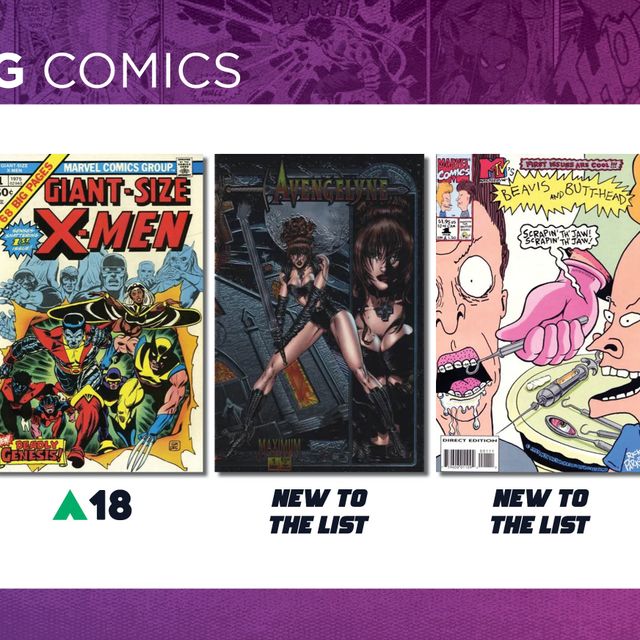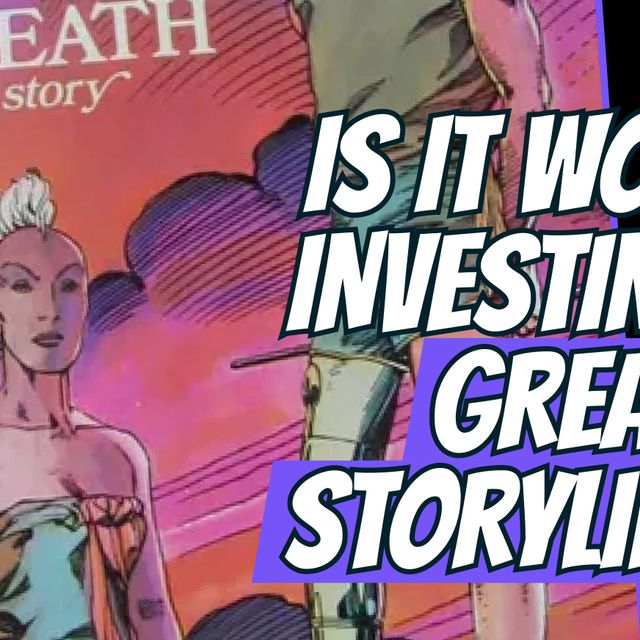 New collectors tend to have the same question: where do I start? With so many key issues on the market, it can be overwhelming. But there's an easy answer because the cornerstone of any solid collection is silver-age Spider-Man.
New collectors tend to have the same question: where do I start? With so many key issues on the market, it can be overwhelming. But there's an easy answer because the cornerstone of any solid collection is silver-age Spider-Man.
I’ll preface by saying that if you’re new to the comic world, the best thing to do is follow your interests.
I like to pick a character or story arc and build around that, collecting everything I can get my hands on. It took me years to gather all the issues to complete my Frank Miller Daredevil run, but it was fun. Not all the copies are high grade - most are more in the 6.0 range - but they’re mine, and I don’t regret any of the costs tied to them. I did the same thing with my Wolverine keys, and I’ve pieced together an impressive run of key issues from Incredible Hulk #180 and into his X-Men and solo runs. Lucky for me, all those Wolverine keys are going up in value, but that doesn’t matter compared to how much I enjoy them.
That’s what I recommend more than looking at an investment to turn a profit - buy what you love. Build your collection around what you will appreciate, and you won’t have to fret over the stock market that is comic investing. Before you know it, you'll have the foundation of a solid collection that you'll enjoy for years to come with something to pass down to your children and so on.
 All that being said, for those new collectors who are looking for comics that will hold their values long term, you can’t go wrong with 1960s Spider-Man.
All that being said, for those new collectors who are looking for comics that will hold their values long term, you can’t go wrong with 1960s Spider-Man.
You have an enduring character who is perhaps the single most relatable superhero ever created. Where the likes of Superman, Batman, Captain America, et al, are more of the ideal, Spider-Man is the "every man" grounded with real-world problems. Depending on the era, his character can relate to anyone; in the '60s, he dealt with teenage angst, while in the 1980s, he felt the pressure of marriage and a career. It doesn’t matter what incarnation he takes, he retains his popularity from one generation to the next, and that won’t change.
What you want to target specifically are his early issues, particularly those from ASM #79 and below. By no means am I saying you can’t benefit from picking up anything past that, but anything you pick up from the silver and early bronze ages tend to hold their values, and that’s the best part about Spider-Man. While you can aim for the major, expensive keys, such as Amazing Spider-Man #14, and build an impressive run, you don’t have to do that. Essentially any issue within that first decade is worth having, even if it’s a lower grade.
 If you’re looking for some relative budget-friendly issues to get you started, I recommend the early John Romita issues. Start with Amazing Spider-Man #39 and ASM #40 - those are the first two Romita issues, and his work is the iconic Spider-Man, perhaps more so than even co-creator Steve Ditko's.
If you’re looking for some relative budget-friendly issues to get you started, I recommend the early John Romita issues. Start with Amazing Spider-Man #39 and ASM #40 - those are the first two Romita issues, and his work is the iconic Spider-Man, perhaps more so than even co-creator Steve Ditko's.
 You can also look at ASM #42, which is the first appearance of Mary Jane. She’s an integral part of Spider-Man’s character, and her keys are much cheaper. I'll have a follow up for you on that topic soon.
You can also look at ASM #42, which is the first appearance of Mary Jane. She’s an integral part of Spider-Man’s character, and her keys are much cheaper. I'll have a follow up for you on that topic soon.


